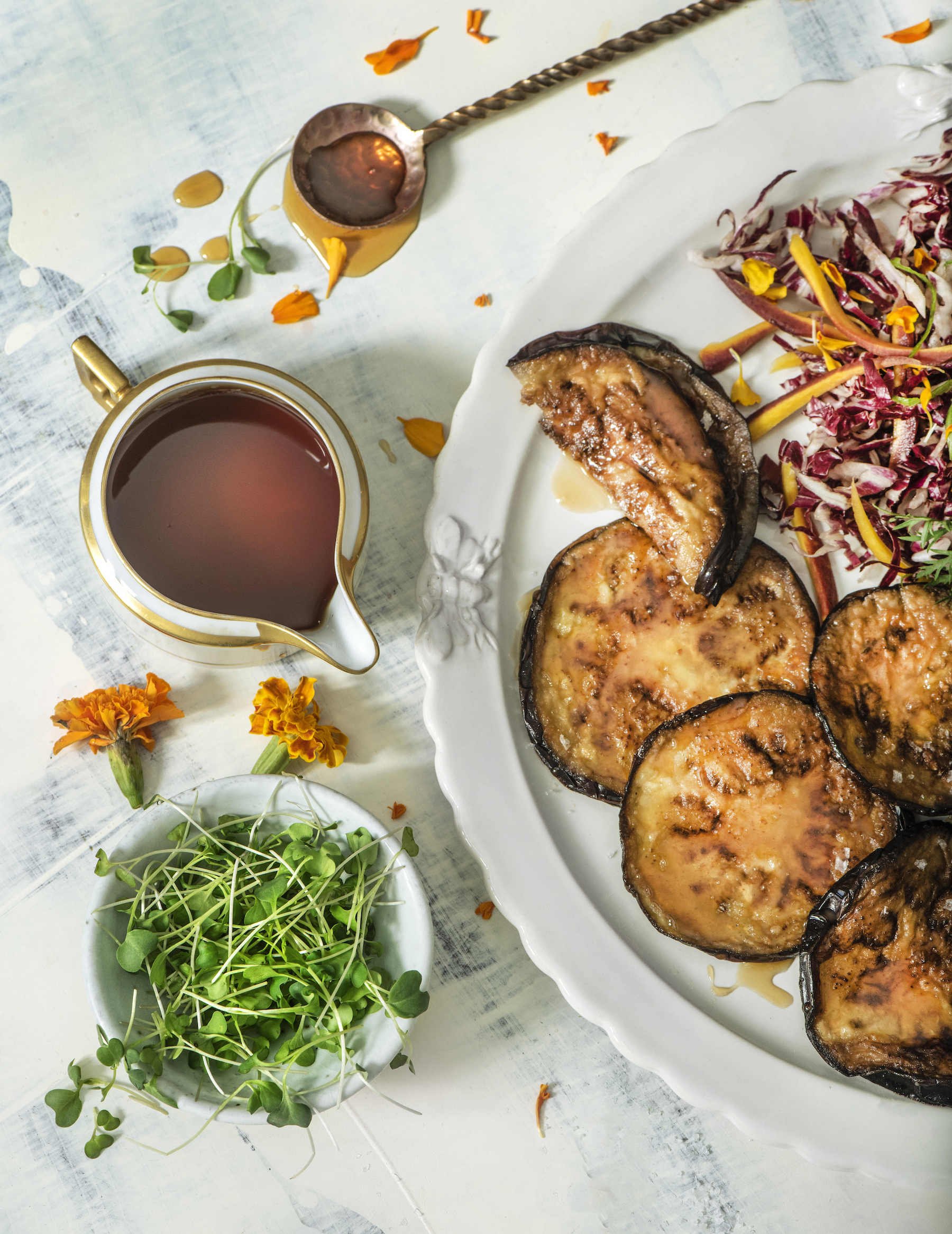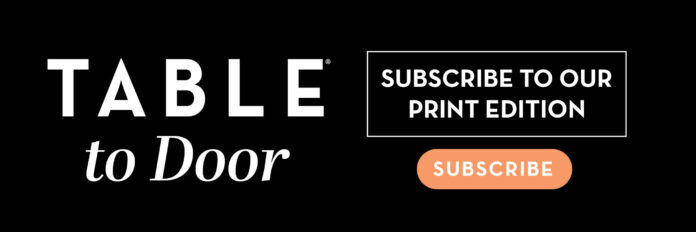Ah, the Yom Kippur fast and the Sephardic recipes that come after. By the time the sun goes down and the rhythmic Neilah chanting picks up in the final service of the day, everything around you starts looking like food. I once bolted out of a service to a dessert-waffle restaurant and almost wept with joy. But there is a way to avoid stuffing your face and confusing your stomach after the twenty-four hour fast. These Sephardic Jewish recipes, all but one from food historian and TABLE contributor Hélène Jawhara Piñer, will make sure that when you come home from synagogue you have a healthy, hearty meal waiting for you.
Why Do We Observe a Yom Kippur Fast?
Yom Kippur is the Jewish Day of Atonement. It focuses on repentance for the moments you’ve fallen short, reflection on how you can treat yourself and others better, and a deeper knowledge of your own psyche. On Yom Kippur, Jews fast for twenty-four hours from a sundown service called Kol Nidre to the sundown of the next day. Kol Nidre often has a large meal associated with it to prepare for the fast. The Yom Kippur fast, meant to be a time of spiritual reflection and purity, also includes not wearing leather, not engaging in sexual relations, not wearing perfume, and not bathing. Breaking the fast leaves you feeling refreshing and joyous, but also…hungry.
Who Are Sephardic Jews?
Maybe you think of Jewish cooking as kugel or matzoh ball soup. Nothing wrong with that, but that’s Ashkenazi (Eastern/Central European) Jewish cooking. It’s important to remember that Judaism comes from the eastern edge of the Mediterranean Sea and spread throughout the Mediterranean region. Many Sephardic Jewish communities still live in Spain, Italy, Portugal, and even South America through immigration. These people are called Sephardim and have their own culinary traditions which draw upon the spices and savory flavors of Mediterranean cooking.
5 Sephardic Recipes to Break the Yom Kippur Fast
Modern Tzimmes
Tzimmes is typically eaten for Rosh Hashanah, but it makes a delicious side dish at any table. One of the great things about Sephardic recipes is the emphasis on honey. There’s a lot of sweetness, but less refined sugar! And tzimmes gives you your vegetable and fiber fix after a long day of not eating.
Sweet Fried Eggplants
Eggplants are flavorful, nutrient-rich and a staple of Sephardic cooking. These fried eggplants can be made in a batch prior to fasting. Drizzle them generously with honey, though if you prefer savory and crunchy, just sprinkle with a bit of salt.
Tortitas de Acelga
Hélène Jawhara Piñer’s Tortitas de Acelga recipe combines some of the main ingredients of Sephardic cuisine from Spain. She uses swiss chard, eggs, garlic, and olive oil. Since these are a bite-sized morsels, they’re a great snack to ease back into eating. Each one is full of both protein and the vitamins from Swiss chard.
Maqrūt and Neulas Encanonadas
Now, on to dessert. Maqrūt is a type of fried honey pastry typical to Jews and Muslims from Morocco that dates back to thirteenth-century al-Andalus. Muslims have used it to break the fast at Ramadan, so it has a proven track record as a fast-breaker. You can pair it with a fresh bowl of fruit, too. Neulas are just as delicious, with a crispy, sesame-seed strewn crust.
Isfeng Andalusian Donuts
Though this dish is more typical of Hanukkah, when eating fried food is encouraged, it also makes for a great reward for getting through a long, draining Yom Kippur fast. Whether you’re fasting for cultural reasons to connect with your heritage and family, or doing theological soul-searching, we can all agree that after twenty-four hours of no food, a donut is the best thing you can possibly imagine.
Story by Emma Riva
Subscribe to TABLE Magazine’s print edition.







